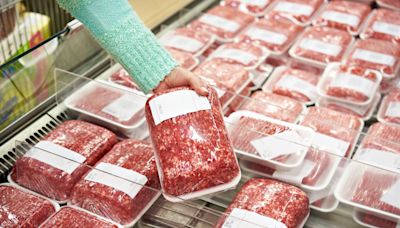Search results
Oct 1, 2022 · Signs and symptoms of E. coli O157:H7 infection usually begin three or four days after exposure to the bacteria. But you may become ill as soon as one day after exposure to more than a week later. Signs and symptoms include: Diarrhea, which may range from mild and watery to severe and bloody. Stomach cramping, pain or tenderness.
Nov 22, 2023 · What are the symptoms of an E. coli infection? Symptoms of E. coli gastroenteritis include: Diarrhea. This is often watery and sometimes bloody. Stomach pains and cramps. Loss of appetite. Low fever. Watery diarrhea is usually the first symptom of an E. coli infection in your GI tract. You can also have different symptoms depending on where in ...
Feb 2, 2021 · Symptoms. Symptoms of Shiga toxin-producing E. coli (STEC) infection vary for each person, but often include severe stomach cramps, diarrhea (often bloody), and vomiting. Some people may have a fever, which usually is not very high (less than 101˚F/38.5˚C). Most people get better within 5 to 7 days.
E. coli Symptoms You’ll probably start to feel ill 2 to 5 days of getting the E. coli bacteria. The most common symptoms are: Abdominal cramps; Diarrhea, which may be bloody; Nausea;...
Oct 1, 2022 · Overview. Escherichia coli (E. coli) bacteria normally live in the intestines of healthy people and animals. Most types of E. coli are harmless or cause relatively brief diarrhea. But a few strains, such as E. coli O157:H7, can cause severe stomach cramps, bloody diarrhea and vomiting.
Dec 23, 2021 · We explain how to spot E. coli symptoms, the most common ways you can get E. coli, and how to treat and prevent infection.
Nov 12, 2022 · Symptoms. The most common type of E. coli that causes illness is Shiga toxin-producing E. coli (STEC). The common symptoms of gastrointestinal (GI) disease caused by STEC are: Diarrhea (may be bloody) Stomach cramps. Vomiting.



